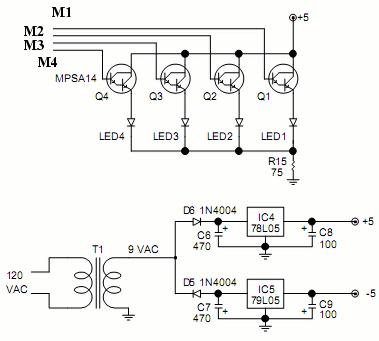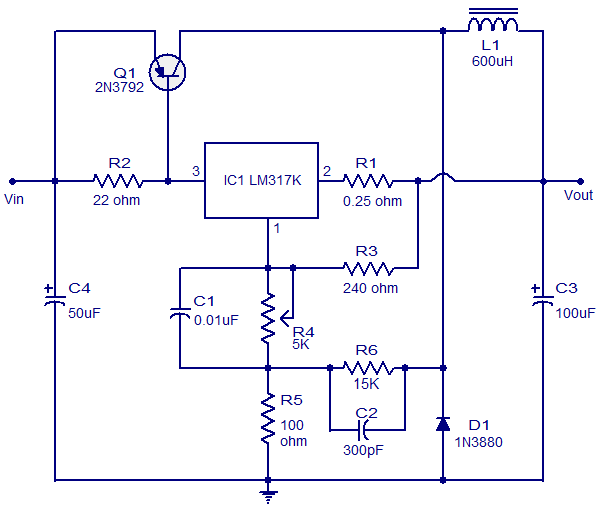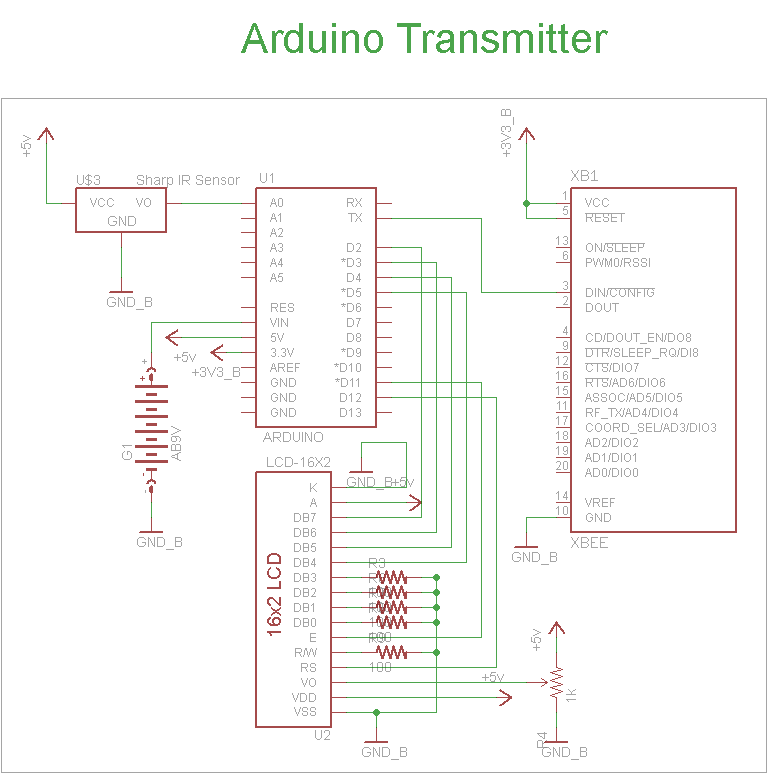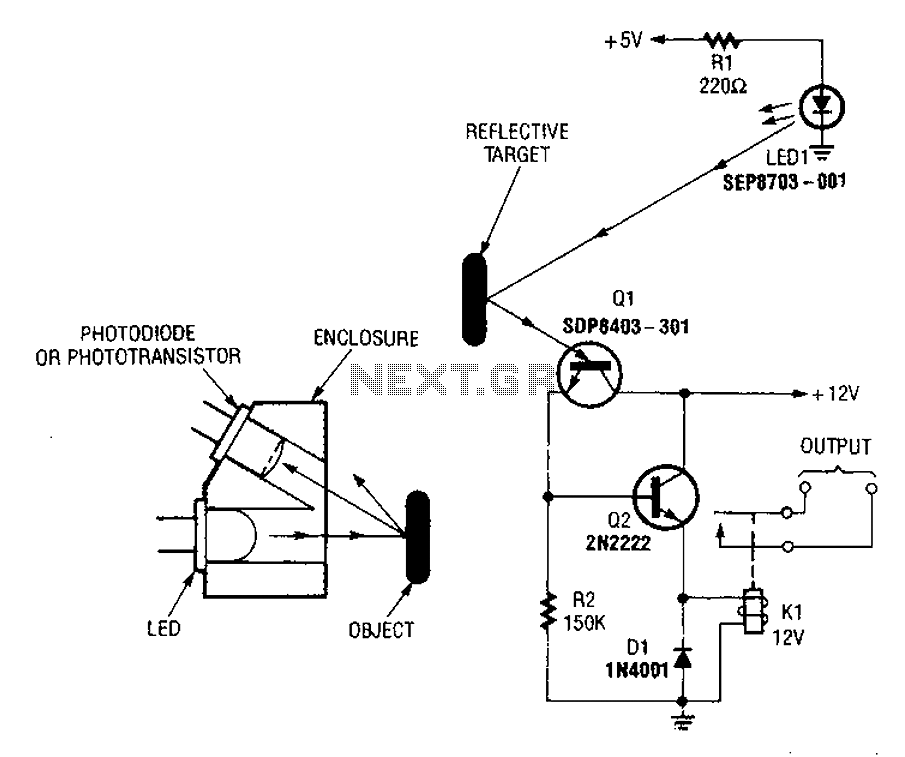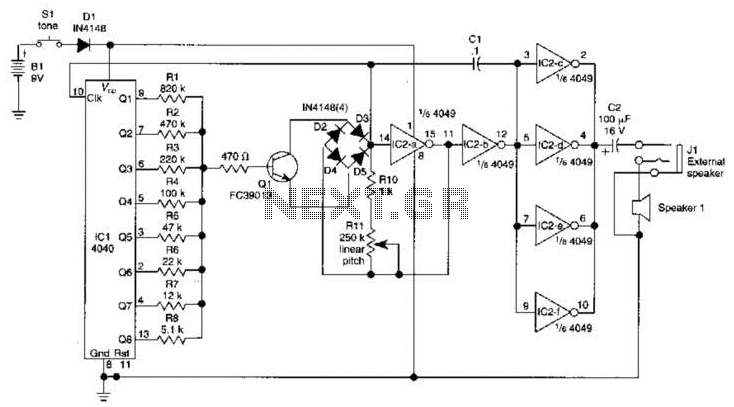
Relay pull-in timer circuit in time process
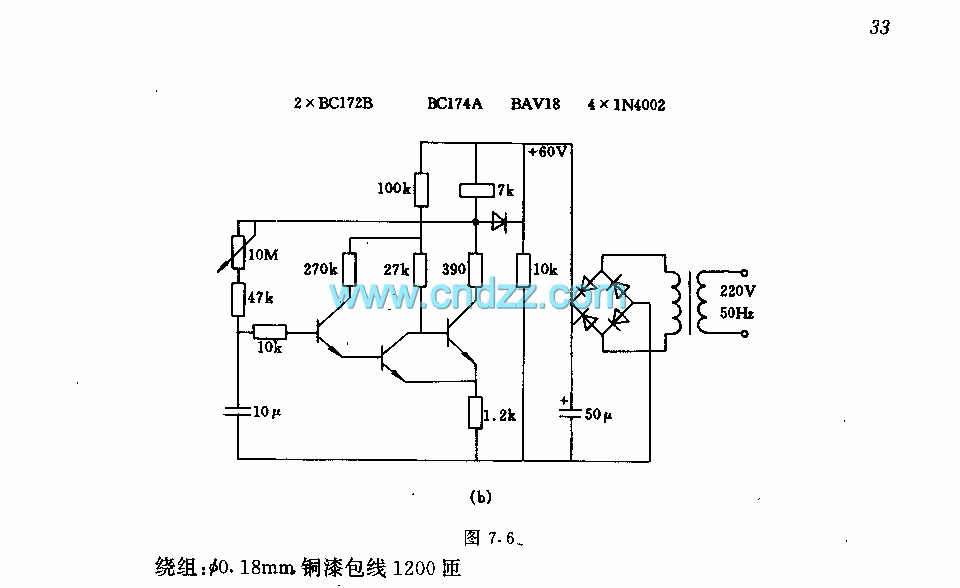
The circuit features a two-stage structure with a timing range of approximately 0.5 to 12 seconds, while in a specified configuration, the timing range extends from 1 to 160 seconds. The transformer parameters include an iron core made of M42/15.7 silicon steel sheet, with windings consisting of 0.18 mm enameled copper wire totaling 1200 turns.
The circuit is designed to provide precise timing control through its two-stage architecture. The first stage typically serves as a trigger mechanism, initiating the timing sequence, while the second stage functions as a timing delay circuit. This configuration allows for flexibility in timing applications, catering to various requirements by adjusting component values.
The timing range of 0.5 to 12 seconds is suitable for applications requiring short delays, such as pulse generation or timing in control systems. The expanded range of 1 to 160 seconds in the alternative configuration allows for longer delays, making it applicable in scenarios such as automatic lighting controls or industrial machinery timing.
The transformer plays a crucial role in the circuit's operation. The use of M42/15.7 silicon steel sheet for the core enhances efficiency by minimizing energy losses due to hysteresis and eddy currents. The selection of 0.18 mm enameled copper wire for the windings ensures optimal conductivity while maintaining a compact form factor. With 1200 turns, the transformer can achieve the necessary voltage transformation and isolation, which is essential for the circuit's performance.
Overall, this circuit design is versatile and can be implemented in various electronic applications requiring reliable timing and control functionalities. Proper consideration of component specifications and configurations will further enhance performance and efficiency in the intended application.the circuit has two-stage circuit structures, the timing time is about 0. 5~12s, and in figure (b), the range of the timing time is 1~160s. The parameters of transformer: iron chip: M42/15. 7 silicon steel sheet; winding: 0. 18mm, enameled copper wire 1200turns. 🔗 External reference
The circuit is designed to provide precise timing control through its two-stage architecture. The first stage typically serves as a trigger mechanism, initiating the timing sequence, while the second stage functions as a timing delay circuit. This configuration allows for flexibility in timing applications, catering to various requirements by adjusting component values.
The timing range of 0.5 to 12 seconds is suitable for applications requiring short delays, such as pulse generation or timing in control systems. The expanded range of 1 to 160 seconds in the alternative configuration allows for longer delays, making it applicable in scenarios such as automatic lighting controls or industrial machinery timing.
The transformer plays a crucial role in the circuit's operation. The use of M42/15.7 silicon steel sheet for the core enhances efficiency by minimizing energy losses due to hysteresis and eddy currents. The selection of 0.18 mm enameled copper wire for the windings ensures optimal conductivity while maintaining a compact form factor. With 1200 turns, the transformer can achieve the necessary voltage transformation and isolation, which is essential for the circuit's performance.
Overall, this circuit design is versatile and can be implemented in various electronic applications requiring reliable timing and control functionalities. Proper consideration of component specifications and configurations will further enhance performance and efficiency in the intended application.the circuit has two-stage circuit structures, the timing time is about 0. 5~12s, and in figure (b), the range of the timing time is 1~160s. The parameters of transformer: iron chip: M42/15. 7 silicon steel sheet; winding: 0. 18mm, enameled copper wire 1200turns. 🔗 External reference
Warning: include(partials/cookie-banner.php): Failed to open stream: Permission denied in /var/www/html/nextgr/view-circuit.php on line 713
Warning: include(): Failed opening 'partials/cookie-banner.php' for inclusion (include_path='.:/usr/share/php') in /var/www/html/nextgr/view-circuit.php on line 713
